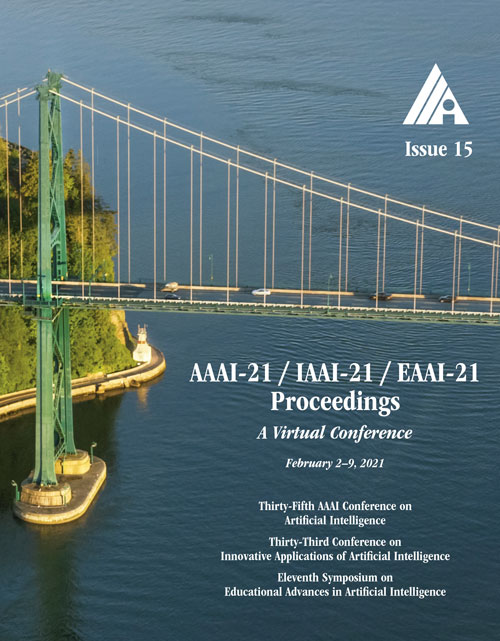Learning from the Best: Rationalizing Predictions by Adversarial Information Calibration
DOI:
https://doi.org/10.1609/aaai.v35i15.17623Keywords:
Interpretaility & Analysis of NLP Models, Language ModelsAbstract
Explaining the predictions of AI models is paramount in safety-critical applications, such as in legal or medical domains. One form of explanation for a prediction is an extractive rationale, i.e., a subset of features of an instance that lead the model to give its prediction on the instance. Previous works on generating extractive rationales usually employ a two-phase model: a selector that selects the most important features (i.e., the rationale) followed by a predictor that makes the prediction based exclusively on the selected features. One disadvantage of these works is that the main signal for learning to select features comes from the comparison of the final answers given by the predictor and the ground-truth answers. In this work, we propose to squeeze more information from the predictor via an information calibration method. More precisely, we train two models jointly: one is a typical neural model that solves the task at hand in an accurate but black-box manner, and the other is a selector-predictor model that additionally produces a rationale for its prediction. The first model is used as a guide to the second model. We use an adversarial-based technique to calibrate the information extracted by the two models such that the difference between them is an indicator of the missed or over-selected features. In addition, for natural language tasks, we propose to use a language-model-based regularizer to encourage the extraction of fluent rationales. Experimental results on a sentiment analysis task as well as on three tasks from the legal domain show the effectiveness of our approach to rationale extraction.Downloads
Published
2021-05-18
How to Cite
Sha, L., Camburu, O.-M., & Lukasiewicz, T. (2021). Learning from the Best: Rationalizing Predictions by Adversarial Information Calibration. Proceedings of the AAAI Conference on Artificial Intelligence, 35(15), 13771-13779. https://doi.org/10.1609/aaai.v35i15.17623
Issue
Section
AAAI Technical Track on Speech and Natural Language Processing II

